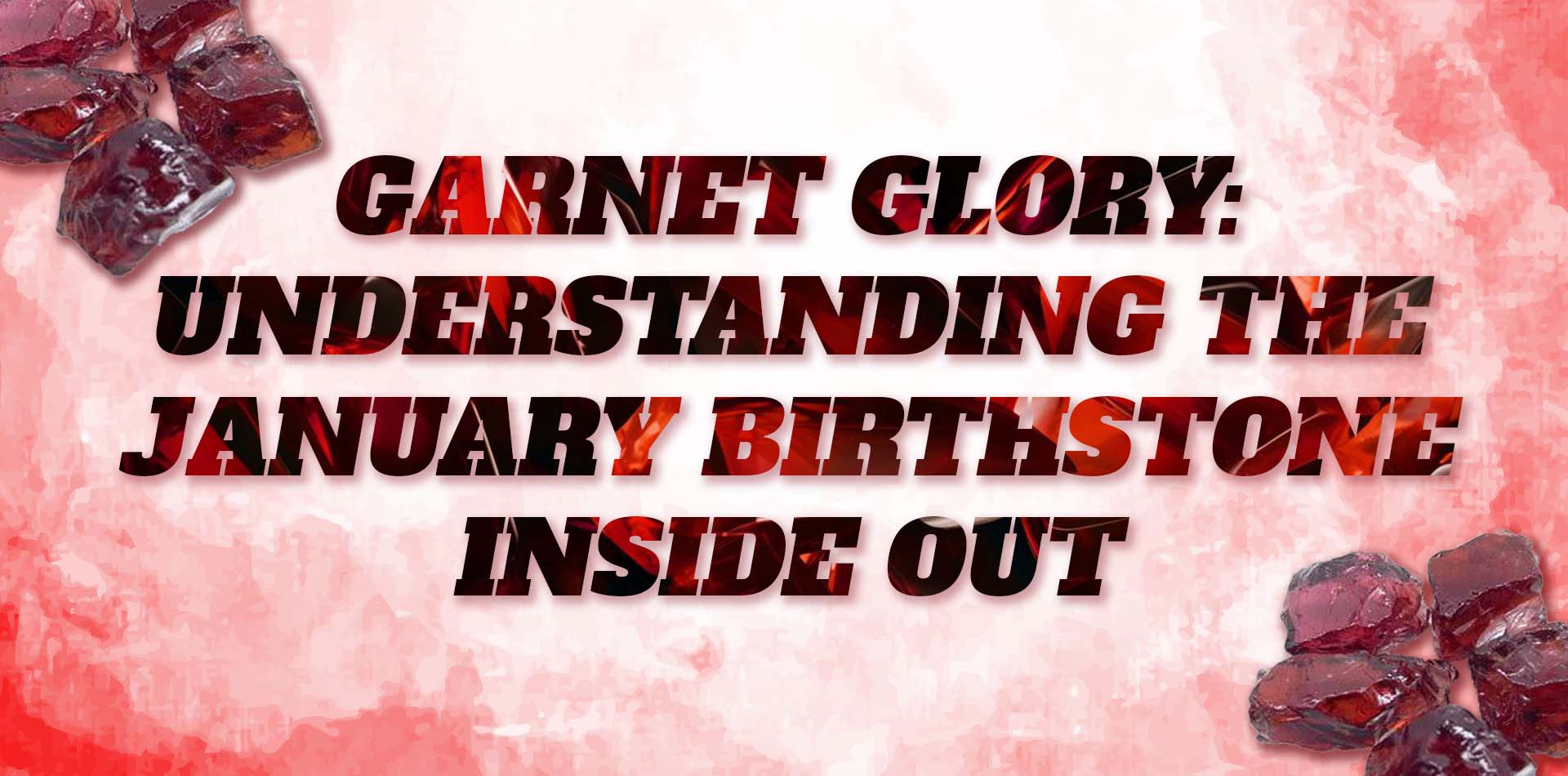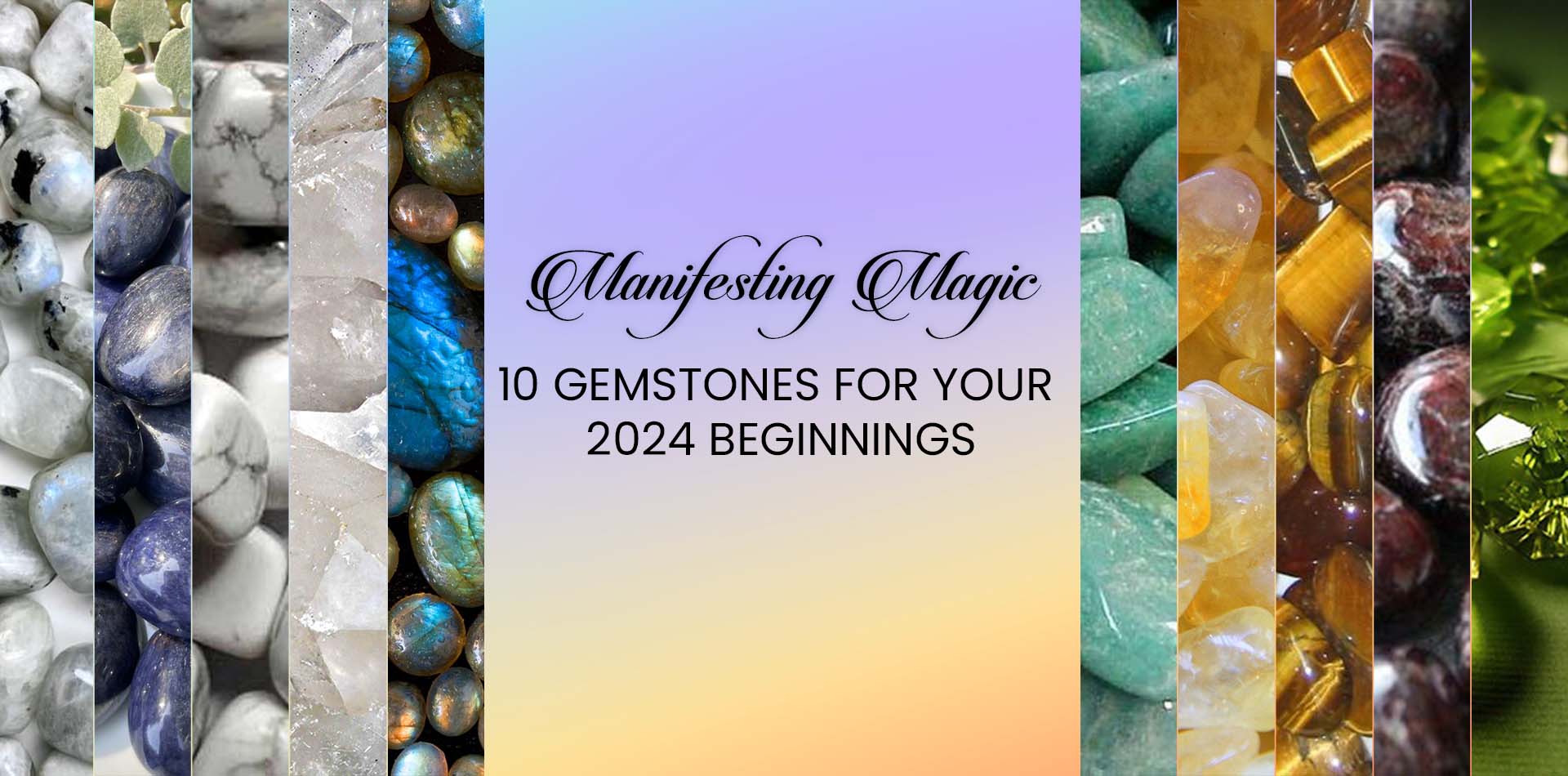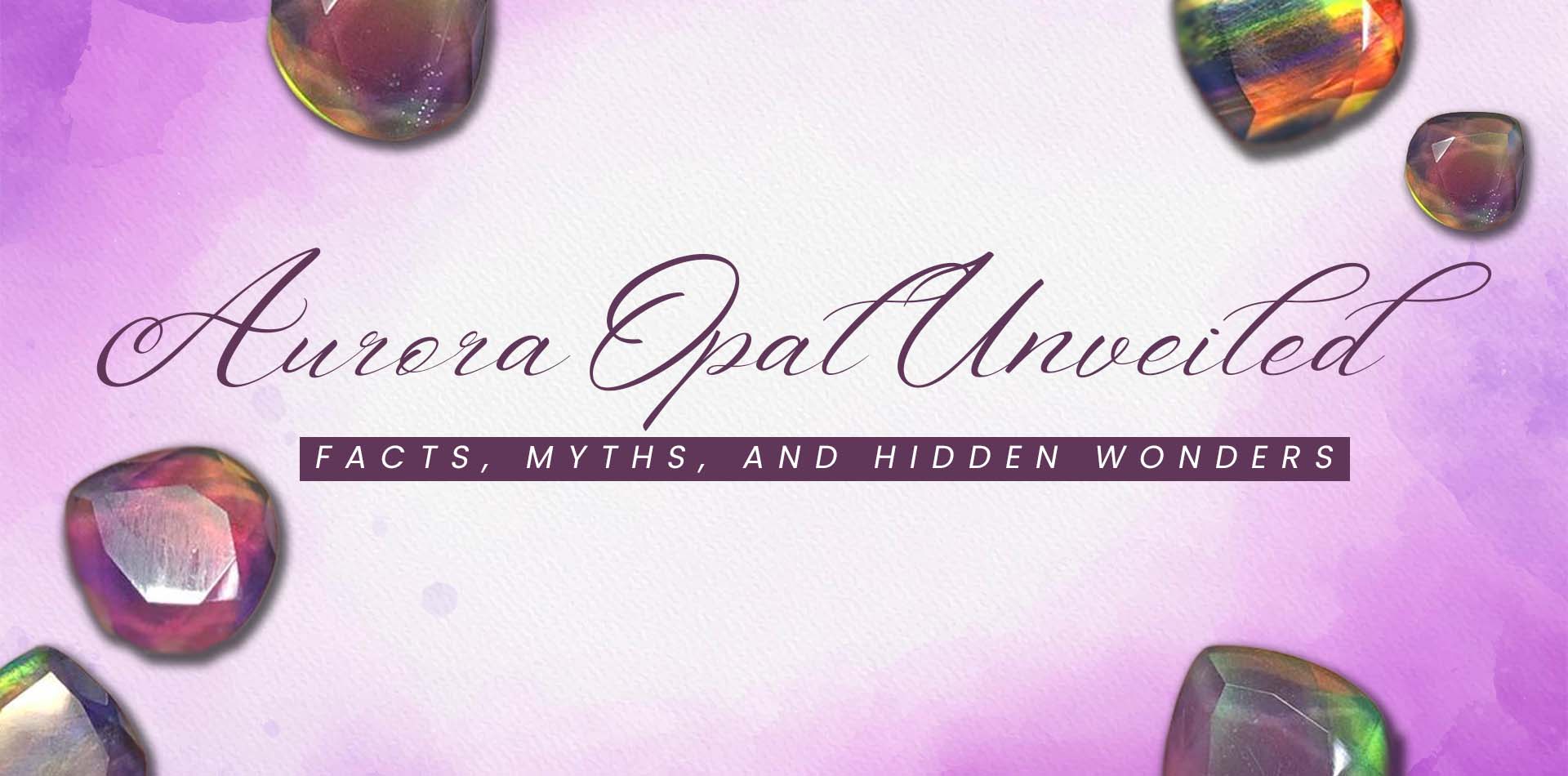Garnet Glory: Understanding the January Birthstone Inside Out

Birthstones provide a special bond between people and the gems given to their birth months. They have long been linked to a variety of mystical and therapeutic qualities. The garnet is the official birthstone for people who were born in the cold, clear month of January. This brilliant gemstone has a fascinating past, a wide range of colors beyond the typical deep red, and an amazing attraction. Join us as we explore the intriguing range of hues that make garnet a really outstanding stone, as well as its historical and cultural significance, as we take a voyage into the world of garnet brilliance.
The Origin of Garnet and Garnet Birthstone Meaning
The name garnet, which comes from the Latin word "granatus," which means grain or seed, refers to a class of minerals with different chemical compositions but comparable crystal structures. Although garnets come in a variety of colors, the deep red variety is the most well-known and is frequently linked to January birthdays.
Geologically speaking, strong heat and pressure cause minerals to recrystallize, which is how garnets develop in metamorphic rocks. Additionally, they are found in sedimentary and igneous rocks, demonstrating the gem's versatility and worldwide occurrence. Almandine, pyrope, spessartine, grossular, uvarovite, and andradite are among the minerals in this group; each has special qualities and traits of its own.

Cultural Significance
January birthstone, garnet, have become deeply ingrained in many societies throughout history, spawning a plethora of myths and metaphorical connotations. The belief among the ancient Egyptians was that garnet carried spiritual and bodily protection, therefore they wore necklaces of the gemstone on their pharaohs. In a similar vein, the ancient Romans valued garnets because they were associated with Mars, the god of war, and they thought that wearing a garnet would grant its bearer courage and success.
Garnets were frequently utilized in Christian-themed jewelry during the Middle Ages. The intense crimson hue of the diamond was thought to represent the blood and sacrifice of Christ, elevating its already noble stature to a spiritual plane. Garnets were a popular choice for signet rings and brooches throughout the Renaissance, acting as a talisman for protection as well as a fashion statement.
A Spectrum of Hues: Varieties of Garnet
Although red garnets are the most recognizable and iconic, this gemstone astonishes with its vast range of hues. The spectrum includes intense oranges, vibrant greens, deep purples, and even uncommon blues. Specific mineral compositions and trace elements present during the crystal's creation are responsible for each color difference.
- Almandine: The most popular variety of garnet is almandine, which is distinguished by its rich red to brownish-red color. Almandine garnets are named after the ancient Asian city of Alabanda, and they frequently have a warm, earthy tone.
- Pyrope: Pyrope garnets are highly sought-after due to their remarkable blood-red hue. The Greek terms for "fire" and "eye," which describe the gem's flaming brilliance, are the source of the name "pyrope".
- Spessartine: Named for the Bavarian district of Spessart, where they were initially found, spessartine garnets range in color from orange to reddish-brown. This diversity is frequently linked to energy and inventiveness.
- Grossular: Green, yellow, brown, and even colorless garnets are included in this varied category. Hessonite is the yellow-to orange type, and tsavorite is the vivid green variety. Generous garnets are associated with wealth and plenty.
- Andradite: Though less common, andradite garnets are highly valued for their distinctive hues, ranging in color from yellow-green to black. With its striking green hue, the demantoid form is especially expensive and uncommon.
- Uvarovite: The rarest member of the garnet family, uvarovite is usually found in small crystallized form in conjunction with chromite deposits. It has an emerald green color. This type is prized for being uncommon and having a vibrant hue.

Mystical Healing Properties of Garnet
Beyond just being beautiful, garnets have been connected to a variety of mystical and therapeutic qualities in many civilizations. In Ayurvedic medicine, the traditional Indian system of medicine, garnets are thought to increase vitality and improve the body's energy flow. Additionally, the circulatory system is believed to benefit from the gem's improved blood flow and decreased inflammation.
In a metaphysical sense, garnets are frequently referred to as stones of inspiration and passion. It's said to kindle the inner fire, igniting creative energy and boosting self-assurance. Regarding chakras, garnets are related to the root chakra, which grounds people and links them to the energy of the earth.

Factors To Consider When Choosing The Perfect Garnet
There are a few things to take into account while choosing a garnet to make sure you get the ideal stone for your requirements and tastes:
- Color: Although garnets are most commonly associated with the color red, there are other shades that are equally appropriate. Choose if you want your garnets deep and wine-colored or if the flaming brightness of the orange and green variants appeals to you.
- Clarity: Garnets may contain inclusions or flaws, just like any other gemstone. While some people might value inclusions' ability to provide character, others would prefer a gem that is clear and uncluttered. The kind and degree of inclusions may also have an impact on the gem's appraisal.
- Cut: A garnet's cut has a big influence on how brilliant it looks and how it looks overall. Round, oval, and cushion cuts are common shapes, but unusual cuts like the emerald cut or heart shape can give your stone a distinctive look.
- Carat Weight: Garnets come in a variety of shapes and sizes, ranging from little accent stones to substantial focal pieces. When selecting your garnet's carat weight, take into account your own preferences and the intended jewelry piece.
- Treatment: Although garnets are often not treated to intensify their color, it's a good idea to find out whether the gemstone has ever been subjected to any kind of treatment. Heat treatment can be used to certain garnets, particularly those with unique colors, to enhance or change their color.

Garnet Birthstone Care
Because they are strong and resistant to scratches, garnets are a great choice for everyday jewels. To preserve their brilliance and beauty over time, though, they benefit from the same maintenance as other priceless gems:
- Cleaning: Use a soft brush and warm water and mild soap to clean your garnet jewelry. Harsh chemicals and ultrasonic cleaners can harm garnets; therefore, keep them away from them.
- Storage: To avoid scratches, keep your garnet jewelry apart from other gemstones. Think about putting each piece in a separate compartment of a jewelry box or covering it all in a soft fabric.
- Prevent Impact: Although garnets are comparatively hard, a powerful impact can still cause them to chip or shatter. Wearing jewelry when engaging in activities where the gemstone may come into contact with hard surfaces should be done with caution.

Conclusion
Uncovering the facets of garnet splendor reveals that this birthstone for January is more than simply a stone; it's a window into the past, present, and fascinating diversity of Earth's treasures. Garnets include an array of connotations and colors that make them genuinely ageless, ranging from the blazing reds that evoke memories of historic conflicts to the vivid greens that represent energy.








